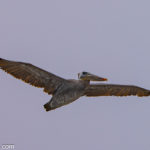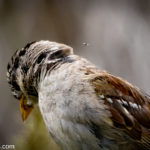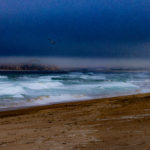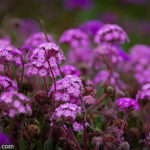After taking thousands of photographs over 12 years with my old Canon 7D – a very capable camera – I decided to leap into the newest tecnology with some new gear. The new breed of advanced Canon cameras operate without mirrors and sport very impressive pixel counts. For the type of photography I like to do – I call it “Photohiking”, the new R5 fits the bill.
Photohiking consists of a hike with camera on shoulder strap with extra batteries and a monopod & gimble head attached. My main objective is always birds but I’m stay on the lookout for anything interesting including, wildlife, insects, flowers and even long range landscape shots. Contrasted with my “hiking” activities where the objective is usually altitude, speed and fitness, photohiking is much slower, offers little or no cardiovascular benefit and focuses on photography. The camera rig (as described) weighs almost 9 lbs. so it’s kinda hard to focus on anything else. That’s also why the monopod is essential.
About the camera…. At 45MP, the new R5 is capable of recording a level of detail untouchable back in 2012. Combined with Canon’s new RF 100-500mm zoom lens, the R5 opens up a new world of photography. With birds, my favorite subject, the upgrade in sharpness has been truly amazing. The new RF lens also has a super close minimum focus (<36″) which, when set at 500mm is like having a macro lens. Great for insects, flowers or other close-ups. The other feature that made the camera change worth the cost was the new subject-tracking auto-focus mode which makes catching birds in flight and other fast moving wildlife much less difficult.
Canon is not the only brand pushing the limits as others such as Nikon and Sony are also excellent choices for the type of hi-resolution photos I like. Since I already owned a number of quality Canon lenses, the choice of brands was obvious for me.
Here are several shots from the Morro Bay Dunes on the California central coast. The power of the R5 shines on the oyster catcher due to the length of the shot, the color contrast and the detail it recorded. The pelican was flying by 100′ away and the R5 subject-tracking auto-focus locked onto the bird like it was sitting on the beach. The white-crowned sparrow (left) dips her head as the R5 captures a tiny fly buzzing around the back of her neck at 1/2500 of a second. Finally, notice the incredible feather detail on the wc sparrow as she does a split over her landing spot. The landscape shots (Morro rock begins to emerge from the summer fog) are usually shot at low magnification and higher apertures to catch a wider range of detail. Finally, some incredible dune flowers just above Spooners Cove.
The new RF lens also provides a nice amount of bokeh at wide open aperture settings that I commonly use for birds. Notice the background behind the wc sparrow & fly and the flowers. It’s not the best lens I own but it is the most versitile in the greatest variety of scenarios. If i’m headed out on the trail for a day of “photohiking”, it is now my go-to lens. All in all, the new setup is proving to be more than up to the task and a heck of a lot of fun to operate.






